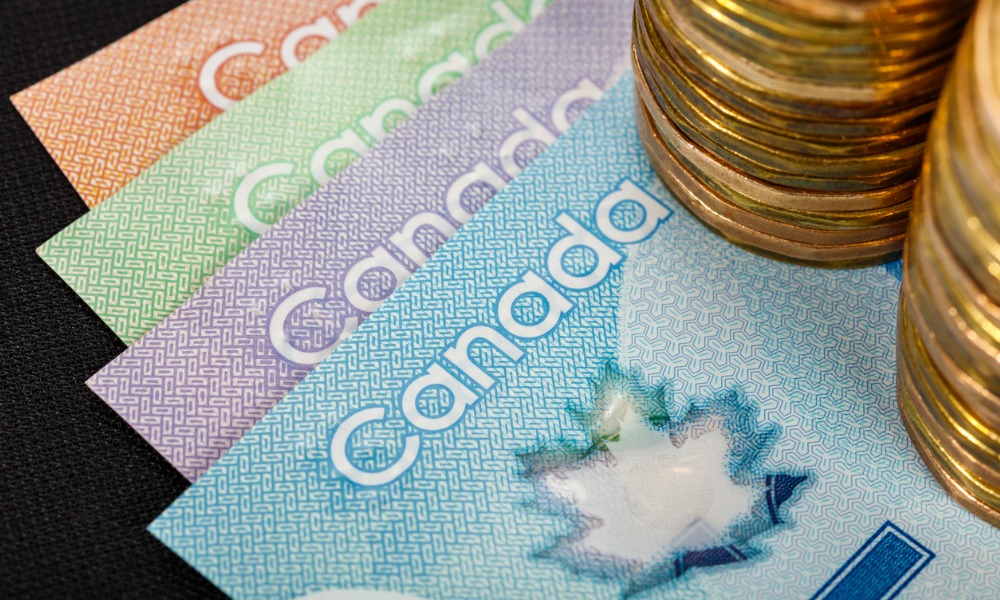Reading through some business magazines I came across a consultant’s remark that etiquette dictates e-mails should be returned within 24 hours. But before Ms. Manners comes down on Internet users, a healthy discussion on e-mail protocol is in order.
Sending off a group e-mail cold contacting dozens of people may work as a marketing or communications strategy for the sender, but why should it require a same-day response from the receiver? If there is an etiquette issue involved, it should not be on the onus to reply, rather on the sender to gracefully accept that a response could be days or weeks in coming depending on the circumstances. Otherwise, receivers — and these are your employees — are dancing to the tune of people outside the organization rather than focusing on the tasks and roles determined by management.
While responding promptly to all e-mails makes one popular with cold-callers, it doesn’t do much for an organization’s goals, strategies and workload planning. And it does nothing to address the bigger issues of e-mail-related stress and unproductive communications. HR academia is peppered with studies warning of e-mail’s negative impact on productivity, and the toll e-mail takes on workers.
Illustrating this latter point, the Global Business and Economic Roundtable on Addiction and Mental Health, whose plan for an employer charter on mental health is covered in this issue’s front page article, has earmarked e-mail as part of its 12-step action plan for preventing mental disability.
Under the heading “E-mail enslavement,” the roundtable suggests:
•protocols to reduce the “overload” frustration and aggravation with the exaggerated and random use of e-mails;
•studies to identify efficiencies in e-mail use;
•maximum use of e-mail filters;
•restricted delivery rules, including limiting messages to business-only purposes and selecting operational hours when e-mail is unavailable; and
•training to reduce stress over e-mail overuse.
So, rather than adopting etiquette that concerns itself with e-mail replies, the business community needs to start weaning people from e-mail overload.
Marketing professionals can be a big help here. A marketing colleague recently confessed to me that flooding contacts with every communications tool at once is recommended by gurus in the industry. The result is something like the following, which happens far too often with people contacting Canadian HR Reporter.
Both a fax and e-mail are received from an unknown source. The person follows up with a phone call before you’ve even read the e-mail. “Hi, just called to tell you I sent an e-mail and fax.” Some enterprising cold callers expanded their contact parameters to make sure they have the best person in their sights. This involves sending an e-mail to the boss of the person, as well as to one or more people who report to the original contact. The boss and the reports all forward the e-mail to the original contact, who is indeed the correct person to field the inquiry. If you’re keeping count, this now makes at least five versions of the same pitch landing on someone’s plate. And of course the sender isn’t the only cold caller in the inbox that day.
Instead of enslaving workers to 24-hour e-mail reply times, let’s look for ways to reduce and eliminate the need to reply at all. As Internet users, we can all help by being less demanding of response times. And get your cursor off that Importance High button.
Sending off a group e-mail cold contacting dozens of people may work as a marketing or communications strategy for the sender, but why should it require a same-day response from the receiver? If there is an etiquette issue involved, it should not be on the onus to reply, rather on the sender to gracefully accept that a response could be days or weeks in coming depending on the circumstances. Otherwise, receivers — and these are your employees — are dancing to the tune of people outside the organization rather than focusing on the tasks and roles determined by management.
While responding promptly to all e-mails makes one popular with cold-callers, it doesn’t do much for an organization’s goals, strategies and workload planning. And it does nothing to address the bigger issues of e-mail-related stress and unproductive communications. HR academia is peppered with studies warning of e-mail’s negative impact on productivity, and the toll e-mail takes on workers.
Illustrating this latter point, the Global Business and Economic Roundtable on Addiction and Mental Health, whose plan for an employer charter on mental health is covered in this issue’s front page article, has earmarked e-mail as part of its 12-step action plan for preventing mental disability.
Under the heading “E-mail enslavement,” the roundtable suggests:
•protocols to reduce the “overload” frustration and aggravation with the exaggerated and random use of e-mails;
•studies to identify efficiencies in e-mail use;
•maximum use of e-mail filters;
•restricted delivery rules, including limiting messages to business-only purposes and selecting operational hours when e-mail is unavailable; and
•training to reduce stress over e-mail overuse.
So, rather than adopting etiquette that concerns itself with e-mail replies, the business community needs to start weaning people from e-mail overload.
Marketing professionals can be a big help here. A marketing colleague recently confessed to me that flooding contacts with every communications tool at once is recommended by gurus in the industry. The result is something like the following, which happens far too often with people contacting Canadian HR Reporter.
Both a fax and e-mail are received from an unknown source. The person follows up with a phone call before you’ve even read the e-mail. “Hi, just called to tell you I sent an e-mail and fax.” Some enterprising cold callers expanded their contact parameters to make sure they have the best person in their sights. This involves sending an e-mail to the boss of the person, as well as to one or more people who report to the original contact. The boss and the reports all forward the e-mail to the original contact, who is indeed the correct person to field the inquiry. If you’re keeping count, this now makes at least five versions of the same pitch landing on someone’s plate. And of course the sender isn’t the only cold caller in the inbox that day.
Instead of enslaving workers to 24-hour e-mail reply times, let’s look for ways to reduce and eliminate the need to reply at all. As Internet users, we can all help by being less demanding of response times. And get your cursor off that Importance High button.




